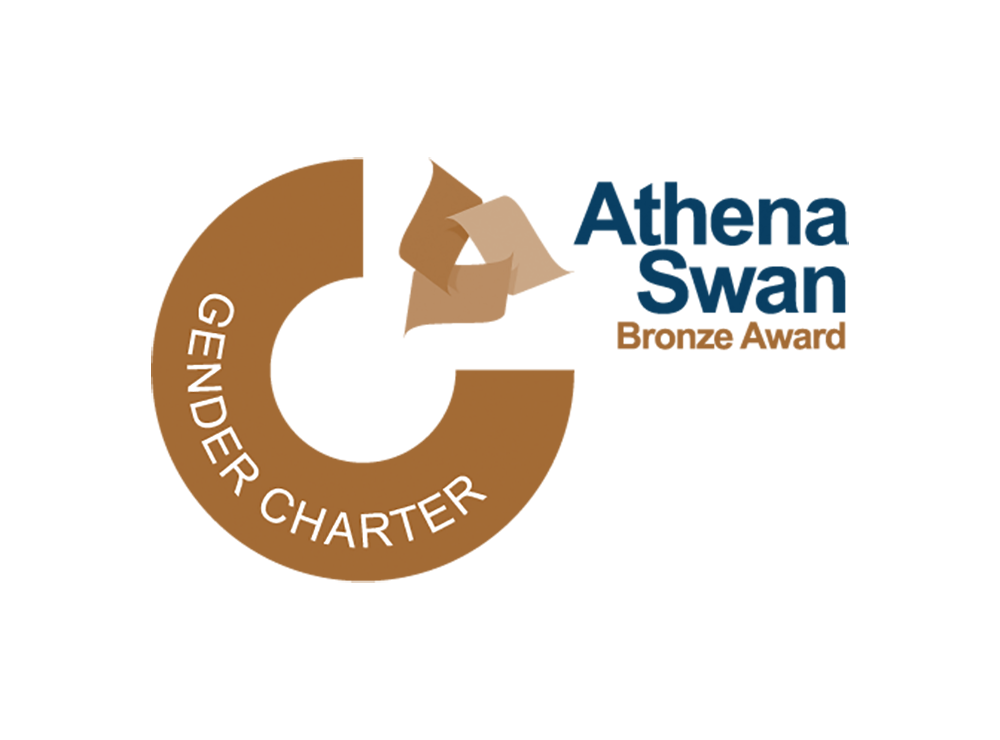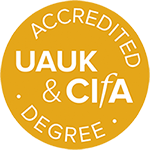Current filters applied:
- (-) Remove Current Projects filter Current Projects
- (-) Remove Archived Projects filter Archived Projects
- (-) Remove Material Culture filter Material Culture
Displaying 31 projects
At the intersection among the arts, science, and technology, printing is widely recognised as the invention of the millennium. However, and in spite of a resurgence of traditional typographic methods among artists and craftspeople, letterpress equipment and technology face an uncertain future...
The above photo shows: A left lateral aspect of a cranium from Catignano (a Middle Neolithic village in Abruzzo), showing two healing trepanations on the left parietal bone and healed fracture on the left frontal and parietal bones of a 40-50 year old female How did politics and inequality work in...
Analysis and evaluation of bronze axe hoards during the Late Bronze Age - Iron Age transition. The project investigates provenance, chronology, technological and cultural aspects of bronze deposition of the European Atlantic region.
The archaeology of Sub-Saharan Africa is rapidly gaining momentum, thanks to renewed efforts to decolonise and empower indigenous narratives of agency and creativity that have been bolstered further by the increasing application of scientific methods. However, important challenges remain. One is...
This project aims to study the crucibles and finished metal objects recently recovered from the Great Zimbabwe World Heritage site, using techniques from earth and materials sciences.
Archaeometallurgical contributions to various research areas such as the provenance of Shang bronzes, ingenious adaptations of metallurgical technologies to different ecological and socioeconomic constraints, and regional developments of metallurgical traditions.
The metalwork of Pre-Columbian America has long fascinated scholars and the public alike. In addition to the sheer allure of gold, this attraction is exacerbated by the extraordinary technical skill that underpins many of these artefacts, as well as their mesmerising iconography, which evokes a...
The aim of the ERC project Beasts to Craft (B2C) is to document the biological and craft records in parchment in order to reveal the entangled histories of improvement and parchment production in Europe from 500-1900 AD.
Clay analysis of storage jars in the eastern Mediterranean during the Late Bronze Age, with the aim of establsihing links between commodities and their transport.
EHSCAN is a Horizon-MSCA-2022-PF scheme Fellowship Funded by UKRI and hosted by the McDonald Institute for Archaeological Research, University of Cambridge. The aim is to understand the cultural dynamics and transmission means of material culture in North Africa during the Early Holocene period (~...
Research into global connections, which formed the basis for the spread of objects, ideas, innovations, religions and empires, continues to fundamentally shape our understanding of the development of contemporary society. While the historiography of global connections is dominated by a European...
The project will research how archaeological and palaeoecological narratives of past land management and climate change adaptation can shape sustainable farming, regenerative agriculture, and rewilding strategies in the Cambridgeshire Fenlands. The nationally important agricultural area is...
During the Early and Middle Bronze Age (2500-1600 B.C), a range of exchange networks linked Arabia, Iraq, Iran, Bahrain and South Asia, facilitating the long-distance movement of a wide variety of raw materials and finished products. Texts from the Sargonic and Ur III period (2300-2000 BC) provide...
The Kani Shaie Archaeological Project is a collaboration between the University of Cambridge, the University of Coimbra (Portugal), and the Sulaymaniyah Directorate of Antiquities. Since 2013, the project organises excavations at the site of Kani Shaie near the town of Bazyan in Sulaymaniyah...
Taking as its starting point the radically new perspective offered by recent archaeological discoveries at Rendlesham in SE Suffolk, and with the East Anglian kingdom as the primary case study, this interdisciplinary project (running 2017-2020) aims to establish a new understanding of pathways to...
Analysis of the faience from excavations of the kiln at Kom Helul, Memphis.
Stone tool artefacts represent the only continuous material record from early hominins across a period of three million years. Lithics provide information about early human technological adaptations and innovations, and in turn, understanding these technologies allows insights into early human...
The aim of PLOMAT, an innovative project on commonplace cylinder seals of Late Bronze Age Western Eurasia, is to offer new perspectives on the study of non-élite populations and the small-scale networks that operated at a time of art internationalization in the ancient world. PLOMAT will map the...
The PROCON project explores the role of textile production and consumption in the formation of early states, using the example of Mediterranean Europe during 1000-500 BCE.
How did the biomechanics and ergonomics of the human hand influence the use and production of Palaeolithic stone tools? Traditionally, stone tools have been analyzed for their morphological properties and technological characteristics to infer the cognitive and social evolution of early hominins...
The aim of this project will be to investigate the nature and impact of Roman imperialism on the frontiers of North Africa (specifically the Maghreb), especially in considering the role of Roman imperialism on the political economy of the region and its impact on both pre-existing communities and...
The Promised project forms a network of excellence in Bioarchaeology and Archaeological Materials Science within the Science and Technology in Archaeology and Culture Research Center (STARC) at the Cyprus Institute linked with the advanced research centres in Archaeological Science at KU Leuven and the University of Cambridge.
Cooperation is a markedly human mix of innate and learned behaviour, and a key to tackling some of our greatest concerns. Paradoxically, studies of social dynamics often focus on hierarchies, state formation and political structures ruled by coercive power, with comparatively little regard to the...
As part of the international campaign to salvage sites threatened by construction of the second Aswan High Dam in southern Egypt, coordinated by UNESCO, researchers from Sweden, Norway, Denmark and Finland collaborated on a series of archaeological campaigns between 1960 and 1964. Known as the...
Fordwich has been revealed to be the oldest directly-dated Acheulean occurrence in the United Kingdom, with artefacts dating from 560,000 to 620,000 years ago (MIS 15). This makes it the second oldest Acheulean site in north-west Europe, and the oldest to display a known handaxe assemblage...
SILKGLASS is a Horizon Europe MSCA-PF fellowship funded by UKRI and hosted by the McDonald Institute for Archaeological Research, University of Cambridge. Central Asia is traditionally seen as a passive Silk Roads throughway rather than an active and creative node. SILKGLASS seeks to investigate...
Igbo-Ukwu is a famous archaeological site in southeastern Nigeria. Excavated by Professor Thurstan Shaw in the 1960s, the site was settled over a thousand years ago. The materials from the site were unlike anything yet found in West Africa at the time. This discovery brought to our consciousness...
A Bronze Age fortified tell settlement on the right bank of the river Danube 30km south of Budapest.
Cambridge is home to world-leading researchers across archaeological science, technical art history and heritage science, based at Department of Archaeology, the Fitzwilliam Museum, and the Hamilton Kerr Institute, among others. There are multiple synergies across these institutions in terms of...
Agriculture in Africa faces multiple challenges. Climate extremes, ecosystem degradation and population growth continually prompt calls for the urgent transformation of food systems. Mainstream attempts remain focused on modernising paradigms in ways that overlook historic and contemporary...
The PlaCe network is a high-profile partnership focused on the interdisciplinary study of pre-modern ceramics and plasters. This Innovative Training Network aims at training Early-Stage Researchers to conduct state-of-the-art, science-based research on the technology, use, and provenance of...


